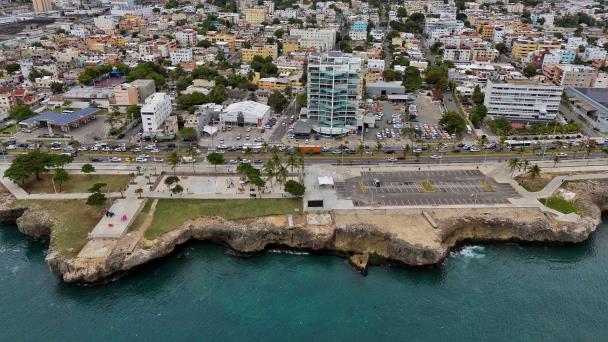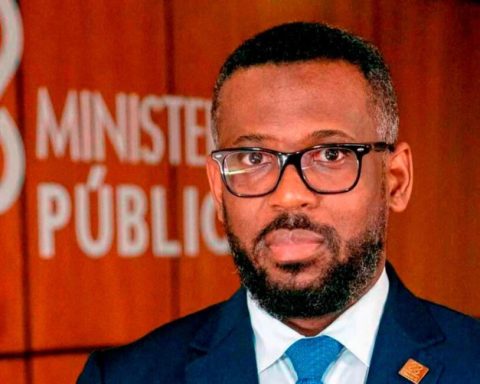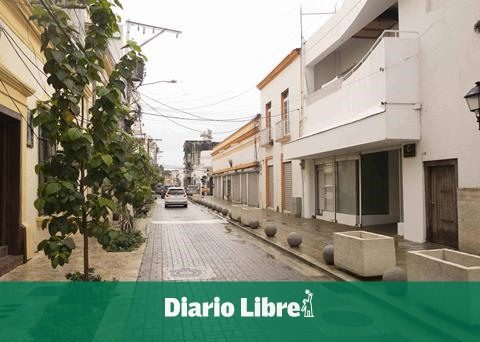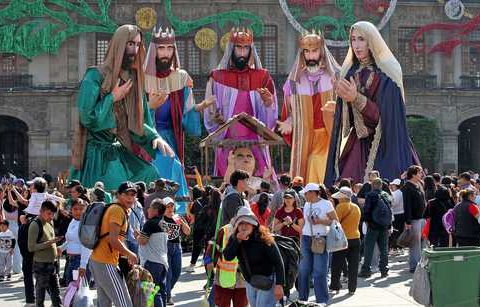For many public transport users, it would be very difficult to get around the capital without the Metro of Saint Dominicalthough 25 years ago this transportation system did not exist. In the year 2000, the country had 2.3 million fewer inhabitants than it has now and registered a public debt consolidated which was 69,376.6 million dollars lower.
The Dominican Republic up to the first quarter of the 21st century with positive and negative indicators that have generated important changes for the half-island. In these 25 years of history, society went from being frightened by the “Y2K Problem” or “Y2K“, which was feared would paralyze all the modern instruments on the planet when the new century began, to one that is increasingly betting on technology and artificial intelligence.
The outstanding growth of the economy in the region, the increase demographicthe big ones infrastructure worksthe conquests in education and healthand the reduction of poverty are some of the benefits that the Dominican Republic in this period.
The growth of the economy: a sustained variable
Although in some periods there have been better or worse results in macroeconomic indicators, the reality is that the economy Dominican Republic has had sustained growth in the last five decades.
To have an approximation, according to official data, the Central Government reported a surplus in the year 2000, as a result of a adjustment in public spending, by registering income for 50,561.1 million pesos and expenses for 48,946.5 million, which currently would represent around 265,541.8 and 257,062.1 million pesos, respectively, if the adjustment due to inflation.
After time, according to the Budget General of the State for this 2025, they are projected income consolidated for 1,330,737.6 million pesos, while expenses are estimated at 1,571,566 million pesos.
Liabilities have also grown significantly in this first quarter of the 21st century. According to statistics from the Public Credit Directorate, the public debt consolidated at the beginning of the millennium was 4,387.7 million dollars, equivalent to 18.2% of the gross domestic product (GDP). As of September 2024, it already amounted to 73,764.3 million dollars, which represents 59.2% of the GDP.
According to the Department of National Accounts and Economic Statistics of the Central Bank, the GDP The current average for the year 2000 was 393,303 million pesos and 46,834 pesos per capita, while that of 2025 could exceed 6,820,019 million pesos and 636,721 per capita.
In the early 2000s, the economy Dominican Republic depended heavily on tourismthe agriculture and remittances. However, economic diversification has been one of the main drivers of growth.
According to the World Bankhe economic growth of the Dominican Republic tripled the regional average in the last two decades and allowed 2.8 million people to escape poverty.
It is estimated that the economy grew by 5.1% in 2024, thanks to the monetary easingthe increase in public investment and the arrival of visitors, which last Sunday exceeded the historical figure of 11 million.
What was there and what wasn’t?
The infrastructure works They are among the most tangible advances in the last 25 years. The different governments have promoted a series of constructions that, in one way or another, have contributed to development in various areas.
From the Metro of Saint Dominic to the Santiago monorail, added to large roads and highways, the projects in terms of mobility have generated important advances in connectivity.
Another substantially benefited sector has been the energywith the inauguration of the Punta Catalina Thermoelectric Plant in 2020. Although its construction was controversial due to its high cost and the participation in its construction of the Brazilian company Odebrecht, linked to bribery in Latin America, its operation contributes 720 megawatts to the National Interconnected Electric System (SENI).
Population and territory
Since 2000, the Dominican Republic has undergone various changes in terms demographic. The population It went from 8,397,800 inhabitants in 2000 to 10,760,028 in 2022, according to data from the X National Census of Population and Housing.
According to the projections of the National Statistics Office (ONE), at the end of 2025 the country’s inhabitants could reach 10,878,267.
Although it increased populationhas improved the homicide rate for every 100,000 inhabitants. According to official data, it was 13 in 2000 and decreased to 9.59 as of December 26, 2024.
In 2002, the country had approximately 2,182,764 housingwhile in the last census around 3,694,060 private units were counted.
According to the latest statistics from the ONEby 2023 the population economically active (EAP) amounted to 5,106,087 people, while in 2000 it was close to 3,516,942 people.
In terms of political-administrative divisionat the provincial level only Saint Dominicin 2001, raising the number to 31 and one National District. However, there have been many local fragmentations. In 2002, there were 125 municipalities and 99 municipal districts. Currently, there are 158 municipalities and 235 municipal districts.
Education and health
One of the main achievements in education Dominican Republic during the first quarter of the 21st century was to allocate 4% of GDP at educational activities pre-university. This fight was the product of a years-long demand by different sectors of civil society and began to be applied in 2013.
In 2000, the public system had about 26,000 classroomsa figure that currently exceeds 52,000. The students At the beginning of the century there were 2,256,021 minors and today there are more than 2,640,000 in the current school year.
In terms of healthin the Dominican Republic There were, in 2000, around 133 hospitals public. At the end of 2024, the National Health Service reported 199.
















